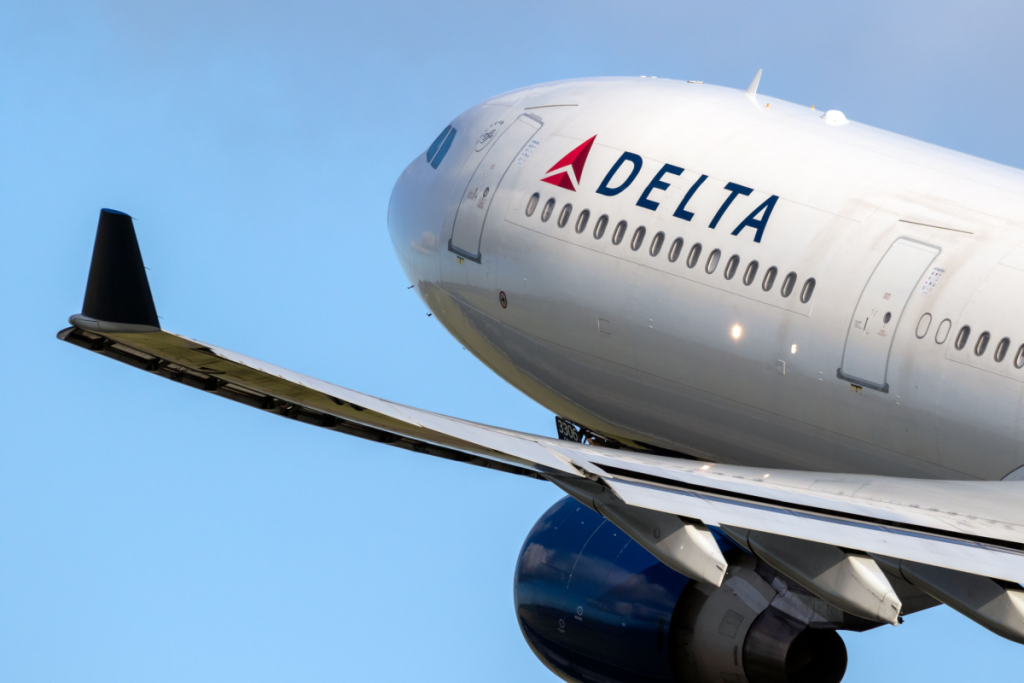Collision on the Ground
Two Delta Air Lines regional jets collided on a taxiway at New York’s LaGuardia Airport, leaving one flight attendant injured and causing serious damage to both aircraft. The airline described the incident as a “low-speed collision.” According to Delta, the accident occurred Wednesday night when a plane bound for Roanoke, Virginia, carrying 32 people, clipped the fuselage of a jet arriving from Charlotte, North Carolina, with 61 people onboard.
The National Transportation Safety Board (NTSB) confirmed that the crash happened at the intersection of two taxiways. A team of ten investigators was dispatched to LaGuardia, and both planes’ flight recorders have been recovered for analysis. The Federal Aviation Administration (FAA) noted that air traffic control had instructed the Roanoke-bound plane to yield before the collision.
Injuries and Passenger Accounts
A flight attendant was transported to a hospital after reportedly injuring her knee during the collision, according to the Port Authority of New York and New Jersey. Passengers escaped injury, though some described the experience as unsettling. One passenger said the aircraft “stopped, jerked, and jumped to the right,” before the pilot calmly informed everyone that they had been involved in a crash.
Audio recordings from www.LiveATC.net captured one pilot telling controllers that another aircraft’s wing had clipped their cockpit, damaging the windscreen and several onboard systems. Photos of the scene show a shattered cockpit window, a gouged nose, and a broken wingtip on the other aircraft.
Safety Concerns and Investigations
Former FAA and NTSB investigator Jeff Guzzetti noted that while ground controllers direct planes on taxiways, pilots are expected to remain aware of their surroundings. At night, visibility can be especially challenging since planes often dim their nose lights to avoid blinding other pilots. Taxiway lights on wings and landing lights can help visibility, but they also complicate night operations.
The collision adds to growing concerns about aviation safety following a series of recent near misses and accidents. LaGuardia is one of 35 U.S. airports equipped with advanced surface radar designed to detect and prevent ground collisions. However, experts said it is unclear whether the system played any role in this case, as it is primarily designed to monitor runway safety.
Next Steps for Delta and Regulators
Both aircraft were Delta Connection CRJ-900s operated by Endeavor Air, each capable of seating between 70 and 90 passengers. Delta issued a statement apologizing to its customers and pledged full cooperation with federal investigators. Passengers from both flights were provided with hotel accommodations and rebooked on alternate flights the following day.
The FAA and NTSB continue to investigate the circumstances surrounding the collision, including pilot actions, ground control instructions, and the functionality of safety systems at LaGuardia. The findings are expected to shed light on whether procedural lapses, visibility issues, or equipment limitations played a role in the incident.


